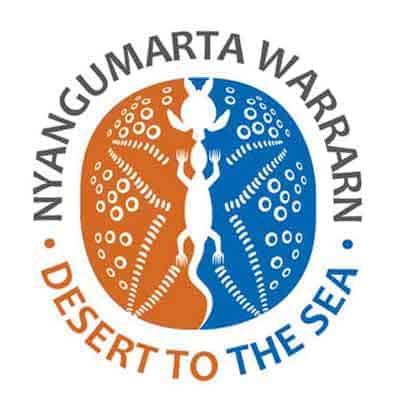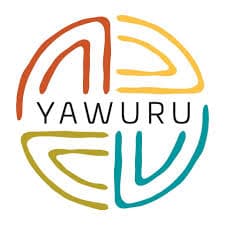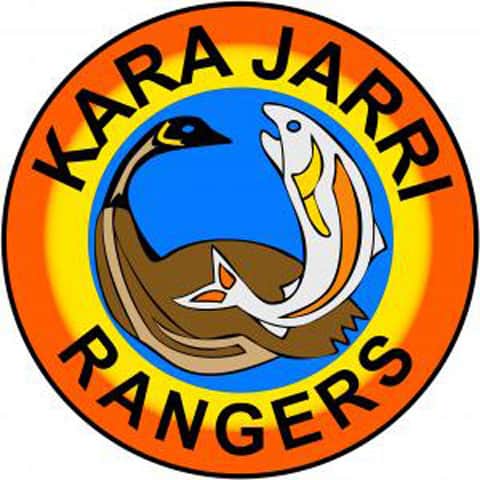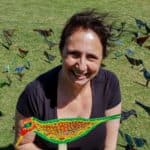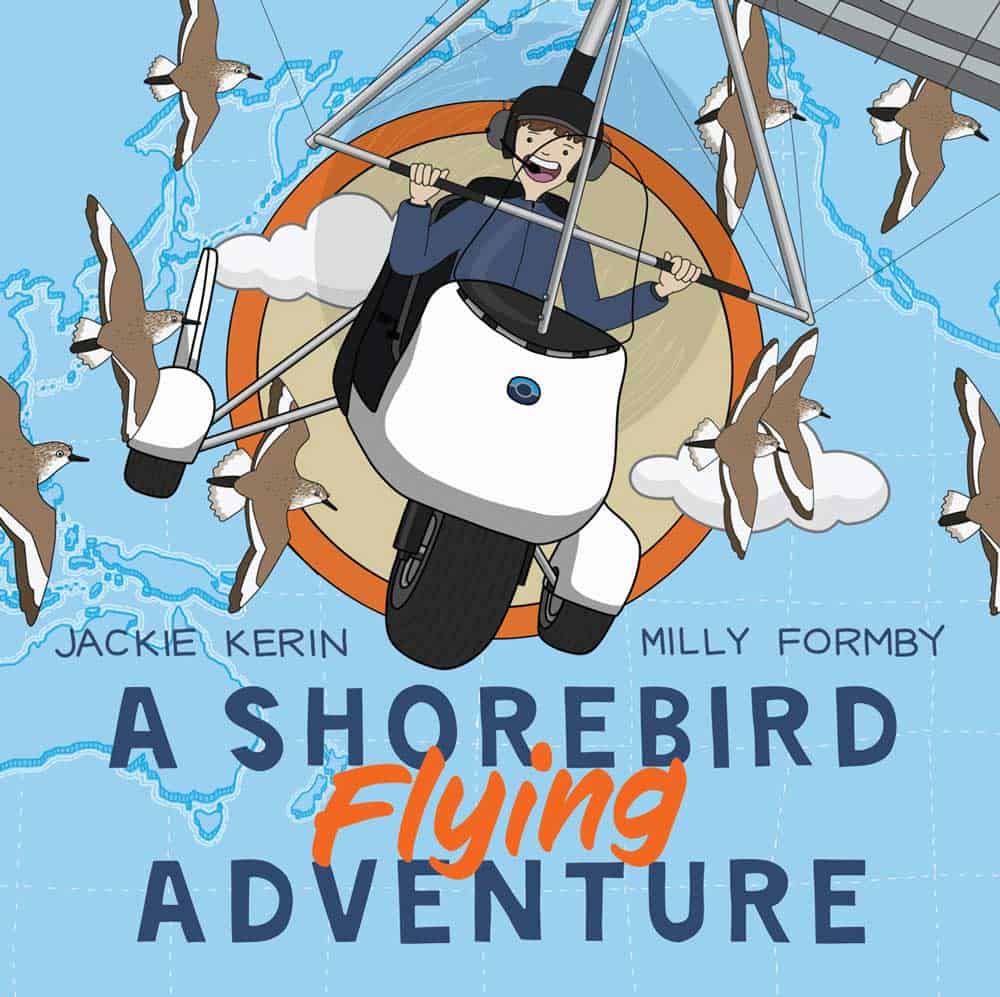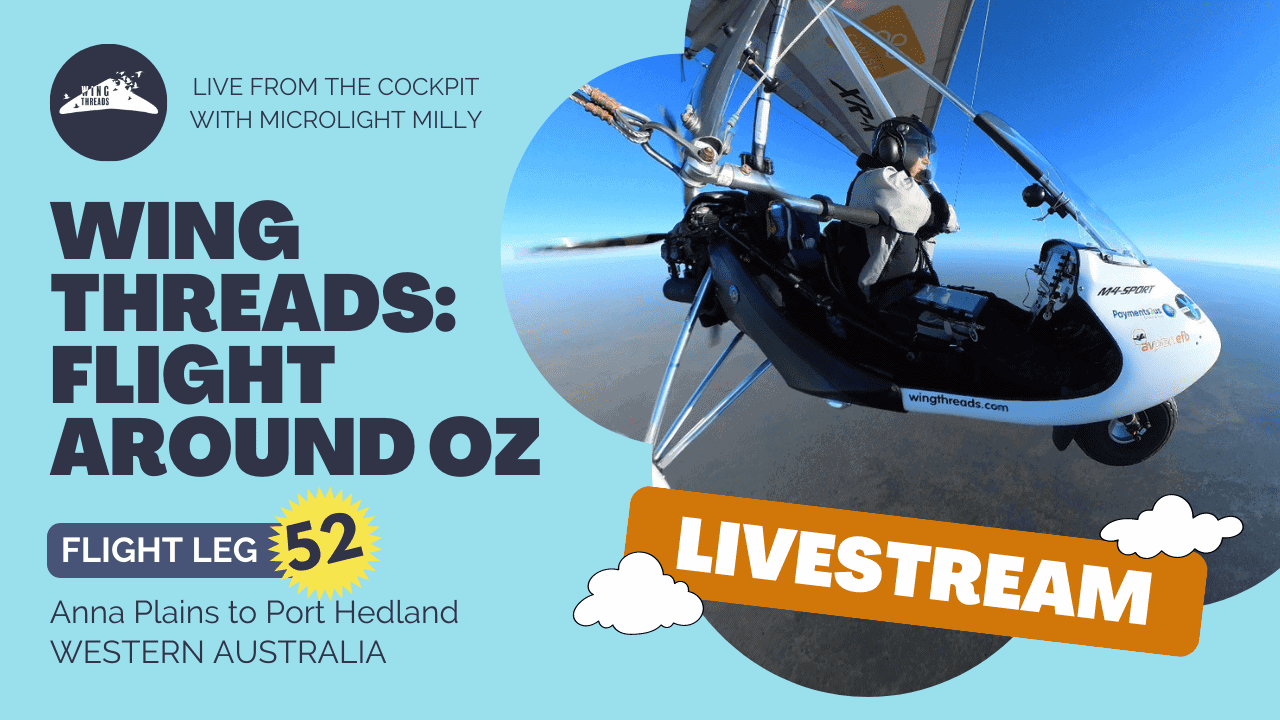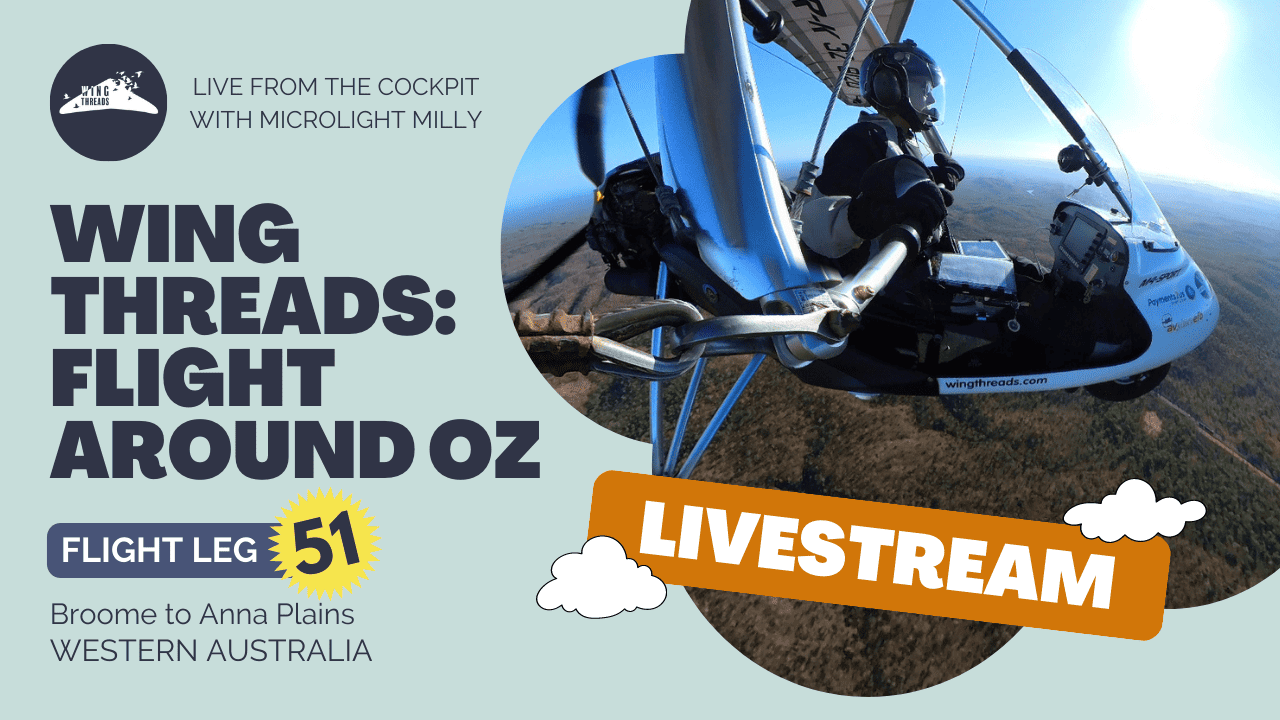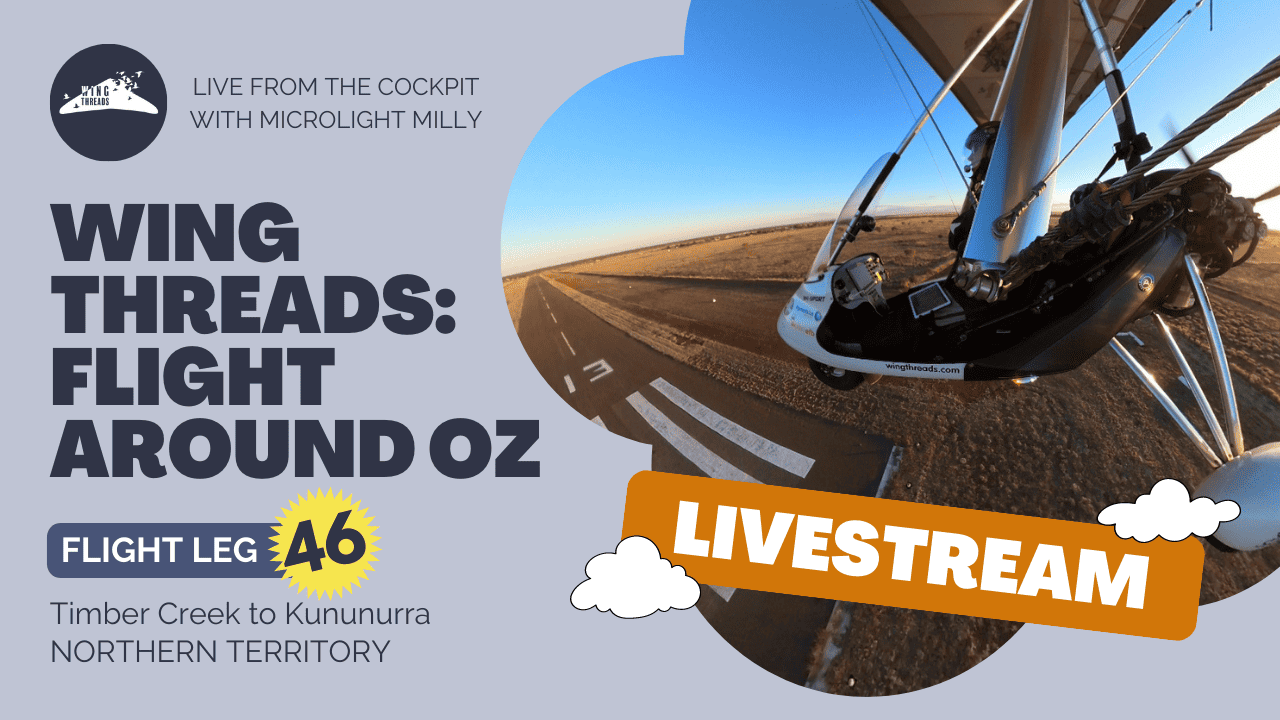Oriental Pratincole breeding ecology
The next great unknown
Another folder to add to the Oriental Pratincole “we don’t really know” file are breeding details. What we do know is that they breed in loose colonies from April to June and their nests are usually a shallow depression on the ground, comprising of 2-3 eggs.
Other details seem to be unknown but believed to be similar to the Collared Pratincole: incubation 17-21 days, chicks semi-precocial, fed by both parents, leaving the nest at around 2-3 days and fledging at around 25–30 days.
All four birds remain in the same location and presumably busy with breeding activities.
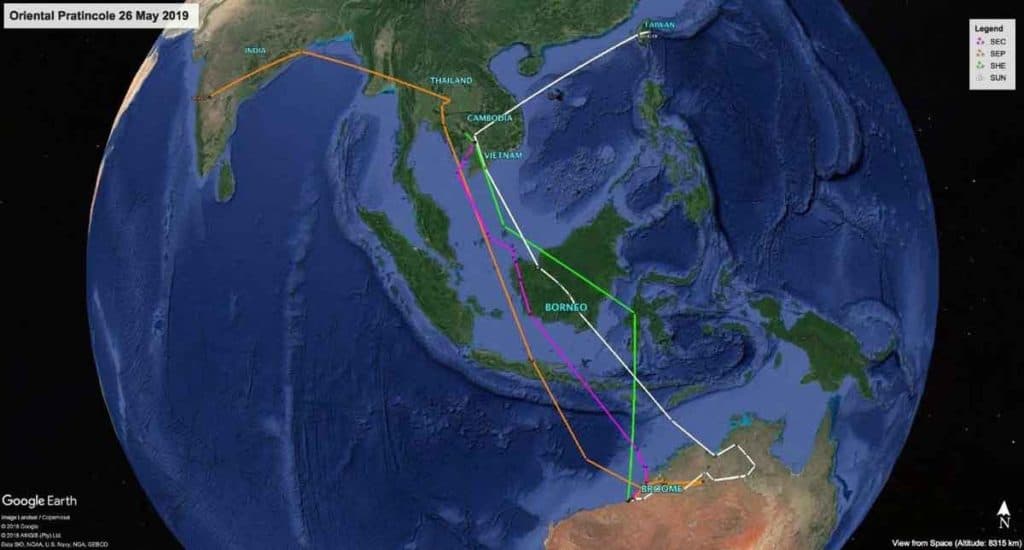

Oriental Pratincoles on the move
A lesson in patience
With input from Chung-Yu Chiang
Leg Flag SUN (PTT 83591)
The weather cleared, the weather turned and the data continues to struggle to get through. With bad weather persisting since the last report, we are still waiting for accurate location data. However, once again this week, information we have received gives hope that SUN is still active in this area.
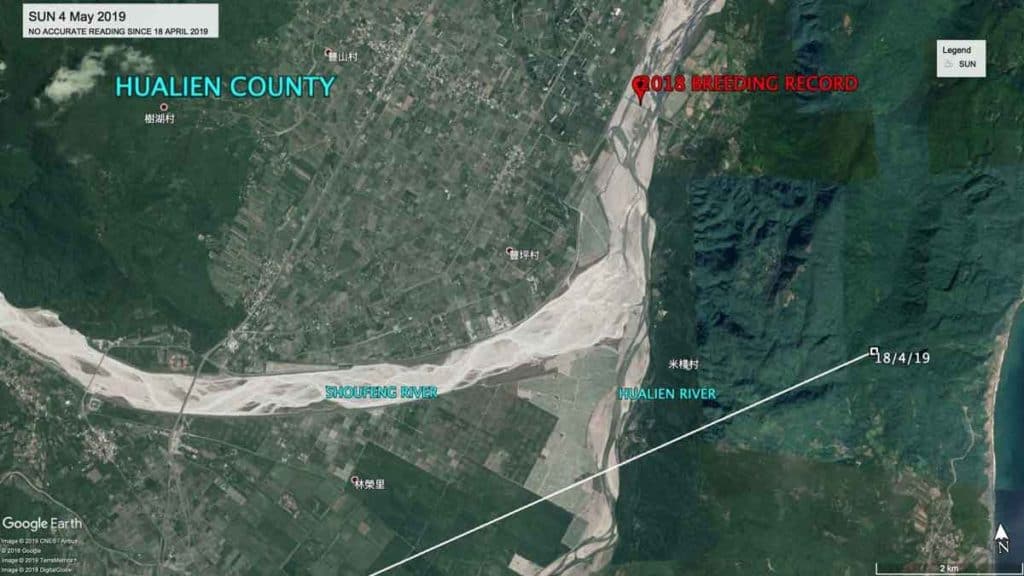
The tale of two flyways
With input from Subbu Sabramanya
Leg Flag SEP (PTT 83593)
After an excitement packed fortnight, all has calmed. SEP remains on location and with the rest of the colony will hopefully get on with the task of breeding successfully. Information of SEPs progress/movements will continue to be shared with the team in India, which will be used to help reinforce the plans for a conservation reserve and Ramsar Site in this region.
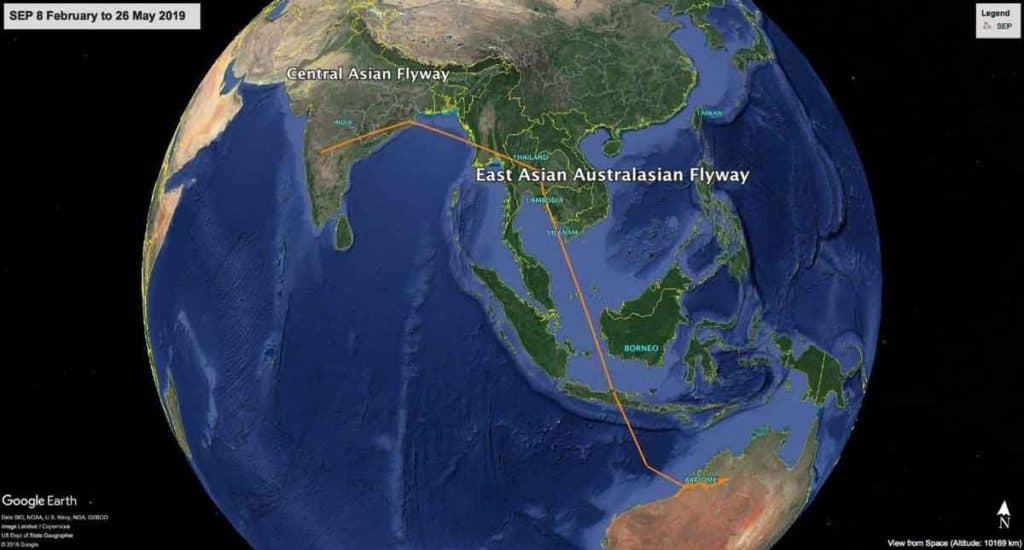
Will SHE stay or will SHE go?
Leg Flag SHE (PTT 83595)
Approaching week 13 in the Tonle Sap Biosphere Reserve and we remain confident the continued short local movements were signs of breeding behaviour. Normally Oriental Pratincoles return to Northern Australia around late October. The floodplains and agricultural activities in this region make ideal habitat for an extended stopover, so we wait for SHE to make the next move.
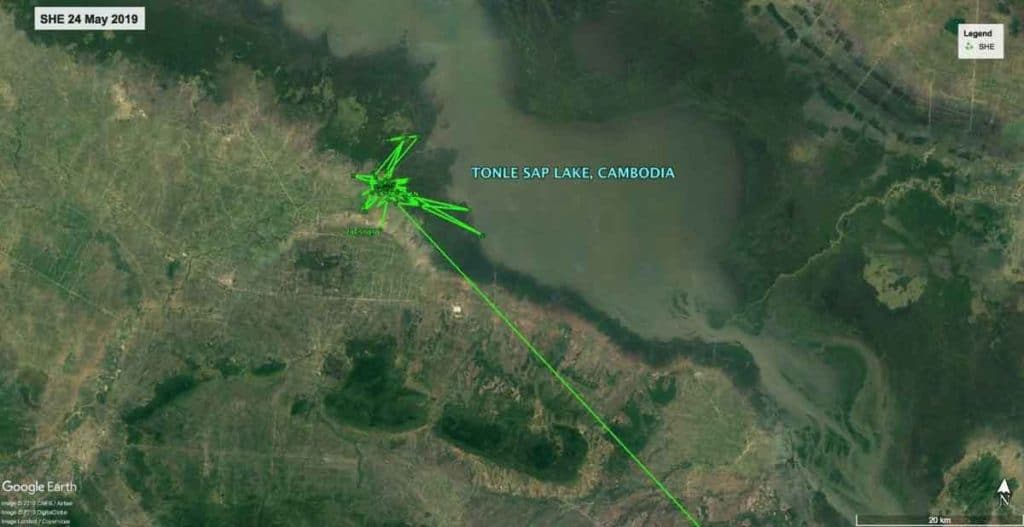
Keep Us Guessing
SEC (PTT 83596)
SEC has been in Prey Veng Province for ten weeks. Short local movements continue to be identified and it is difficult to be sure whether a breeding attempt has already occurred or is yet to happen. Once again, similar to SHE’s location, this area is ideal habitat for Oriental Pratincoles, with abundant water, fertile soils and agricultural activities providing a presumably healthy population of insects for birds to feast on.
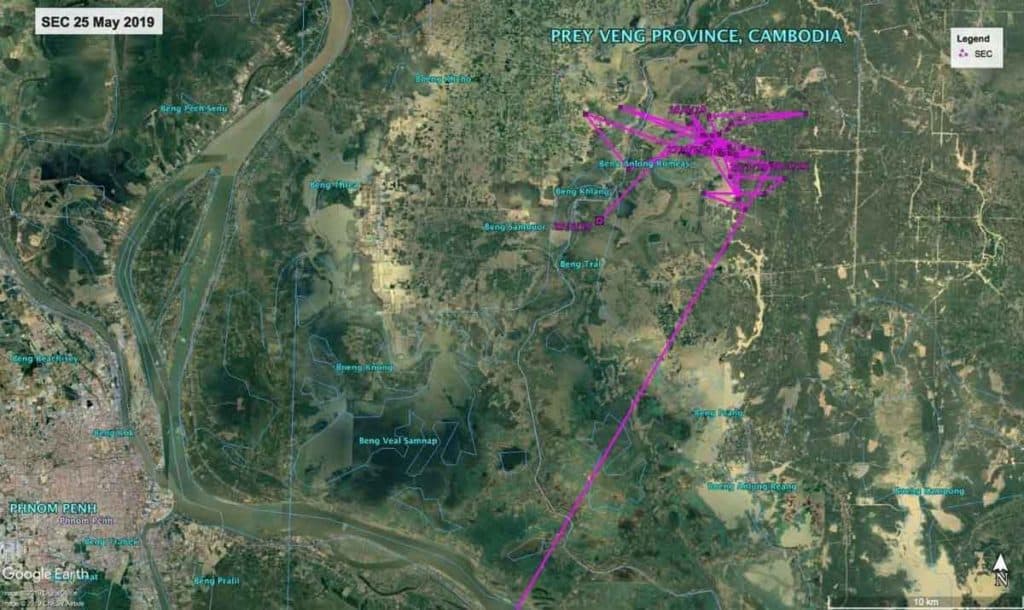
Download a PDF copy of this report – Oriental Pratincole Satellite Tracking Report Number 12
Acknowledgements
Clive Minton
The extensive and expensive satellite tracking program we have set up in NWA has only been possible through the efforts and generosity of a large number of people and organizations. It is difficult to know where to start with the formal acknowledgements so I will list them – but not in any particular order of priority.
- The members of the AWSG NWA 2019 Wader and Tern Expedition and similar NWA expeditions in previous years, are particularly thanked for their efforts in the field in catching, banding and deploying transmitters on a range of species.
- Landowners are especially thanked for permission to go onto their property to enable us to catch various species in order to deploy the satellite transmitters. In particular we thank Anna Plains Station for giving us the freedom to roam over large areas of grazed grassland when counting and catching target species.
- AWSG acknowledges the Yawuru People via the offices of Nyamba Buru Yawuru Limited for permission to catch birds on the shores of Roebuck Bay, traditional lands of the Yawuru people.
- AWSG acknowledges the Karajarri and Nyangumarta people for permission to catch birds to be marked for this project on the shores of 80 Mile Beach, traditional lands of the Karajarri and Nyangumarta.
- The cost of the satellite transmitters, which cost around $5000 each, and the satellite downloading costs (around $1000-1500 per month) have been met by a variety of sources. Private individuals (Charles Allen and Doris Graham) have made most generous individual contributions. Kate Gorringe-Smith and her team of artists involved in The Overwintering Project made a large, generous donation from funds raised during their various public exhibitions. The annual NWA Expedition members, collectively, also provided significant funds each year.

